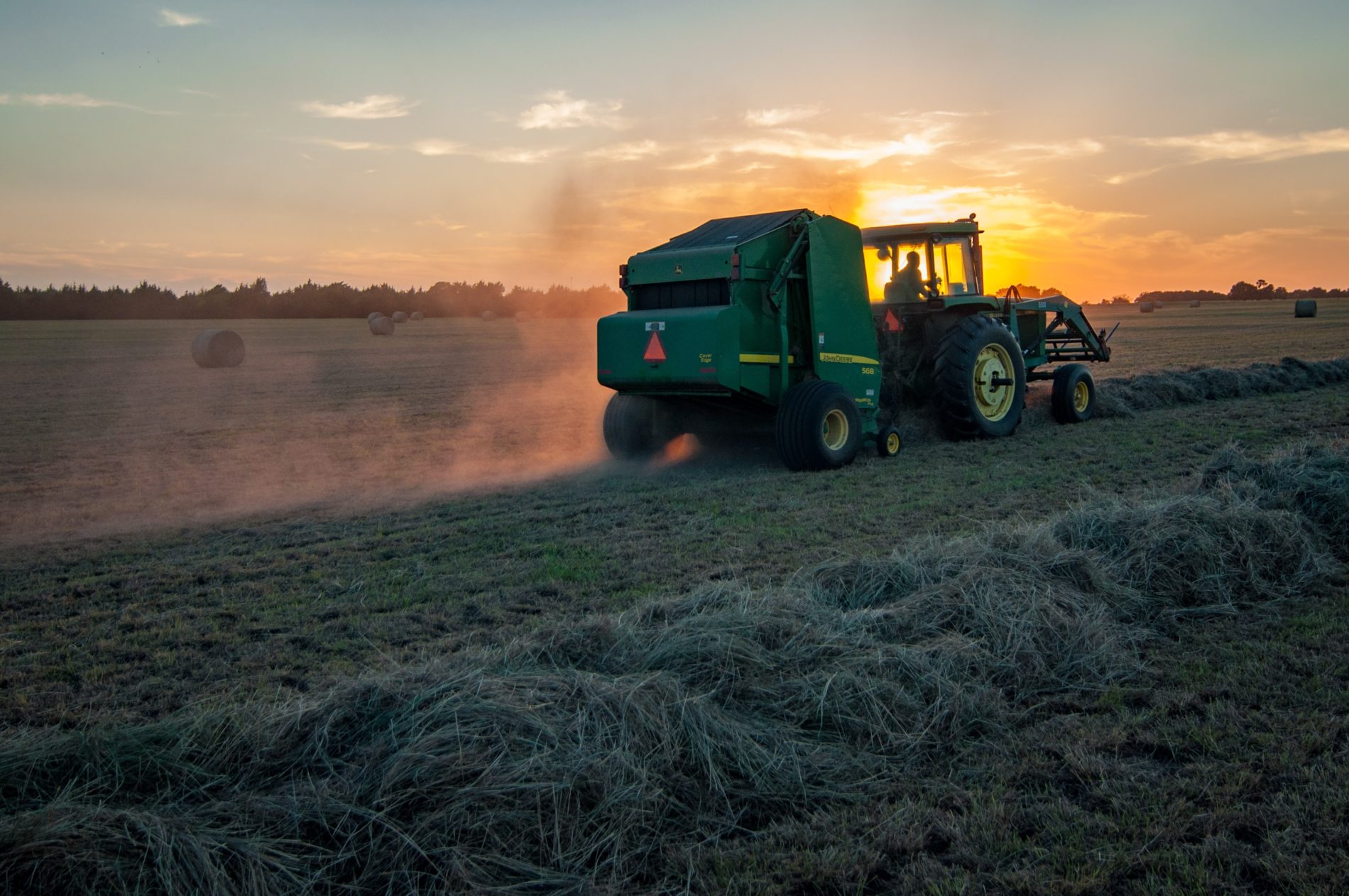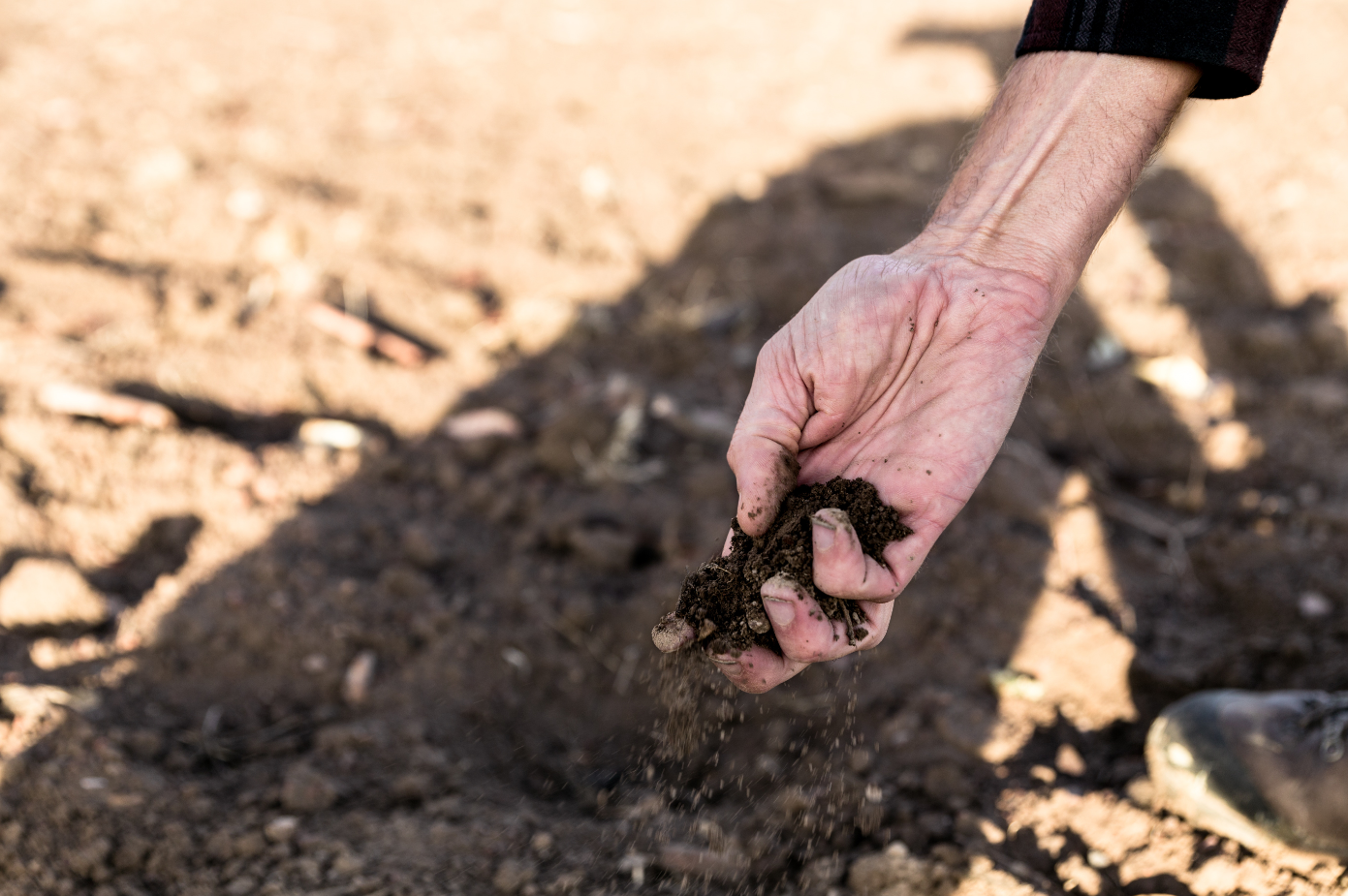Countries Need to Take Concerted Action, at Home and Beyond
Zero Hunger by 2030, this is the target countries set as part of the Agenda 2030. Zero hunger can only be achieved if concerted action is taken to address climate change in the agriculture sectors. But we don’t need to look into the future to hear the call for action now. Climate change is already happening, and it is undermining past gains made in combating hunger. The most recent numbers show us that we are currently moving away from rather than towards achieving our goal. Climate variability and extremes are a key driver behind the recent rise in hunger – this is one of the core findings of the State of Food Insecurity Report released this autumn.
In 2017, 51 countries faced food crises, and in 60% of these, climate shocks were a key driver. The number of extreme climate-related disasters, including extreme heat, droughts, floods and storms, that directly affect food production, has doubled since the early 1990s. Temperatures are rising and becoming more variable. In many areas extremely hot conditions have become more frequent in the last five years. Rainfall anomalies have also hit hard. Shortfalls in rainfall have affected millions of small-scale farmers and pastoralists in Africa, Central and South America and South-eastern Asia. Higher than normal rainfall has affected large parts of Asia in the 2015-16 El Niño, leading to crop-damage and soil erosion. These regions have seen reductions in food availability, as extremes are harming agricultural productivity and food production, and respective price increases that have made it harder for poor people to purchase adequate food.

IN THE PHOTO: WATER DROPLET HANGING FROM PLANT PHOTO CREDIT: Silas Moe
Countries need to brace themselves to manage a growing number of increasingly intense climate related disasters and to reduce risks over time. At the same time, they need to confront the long term challenges climate change poses for agriculture, as essential resources such as water become increasingly scarce in some regions, yields are projected to decline substantially, and the nutritional content of key crops is expected to diminish. Unfortunately, the long term adaptation and the immediate disaster risk management measures are not always fully aligned. In many countries the mandates for action lie with separate institutions, often reporting to different ministers. To work efficiently, country actors need to come together across stakeholder groups and the disaster risk reduction and adaptation constituencies, and across sectors, to define and implement evidence based strategies and investments to enhance resilience. Resilience – to slow onset change and to extreme events – can only be built by blending short-, medium- and long-term interventions to address climate change impacts in a continuum, from humanitarian disaster response to better preparedness and addressing the root causes of vulnerability.
There are means to address the challenge by looking beyond national borders
The urgency and scale of the challenge means that we have to exploit all opportunities to reduce the threat of climate change for food security. There is broad consensus – but as yet too little action – on making agriculture more climate smart through investments in targeted research, climate information systems, better advisory services, access to financial services, and strengthened input and output markets. But a further opportunity the world must seize, highlighted in this year’s State of Agricultural Commodity Markets report, is trade.

IN THE PHOTO: OPERATIONAL FARMING EQUIPMENT PHOTO CREDIT: Jed Owen
International trade in agricultural products can make an increasingly important contribution to ensuring that all people have access to sufficient and adequate food, over time and in times of crises. Climate change will affect different regions differently, and consequently some regions’ agricultural potential is set to increase while others will see theirs reduced. International trade can allow food from surplus regions to be rapidly available in deficit regions, whether these face chronic or temporary shortages resulting from disasters. Not only does this ensure enhanced supply of food where it is most needed, but prices will also be less volatile, which can benefit both producers and consumers. Food price spikes such as those seen in 2008 can be mitigated.
All depends upon the right policies. Open, predictable and fair international food markets, notes the report, are important for trade to help support food security and climate adaptation. But trade cannot provide the sole answer. Countries already reliant on food imports stand to face even greater dependence as climate change progresses. Trade is an opportunity that countries should use. It should complement but not replace concerted efforts to boost climate-smart agriculture and disaster risk reduction at home.










